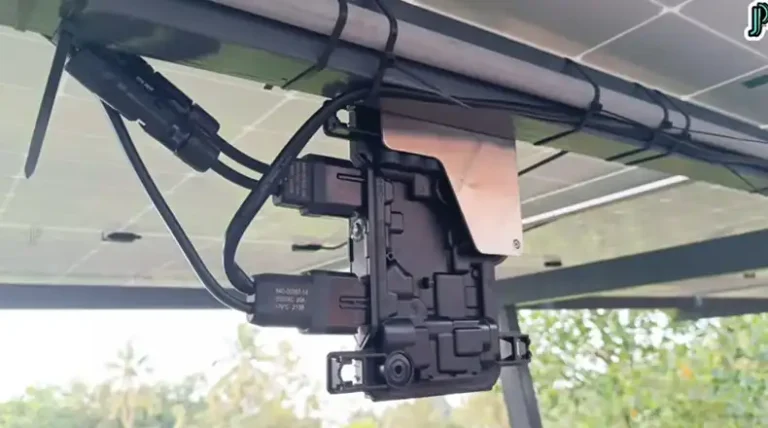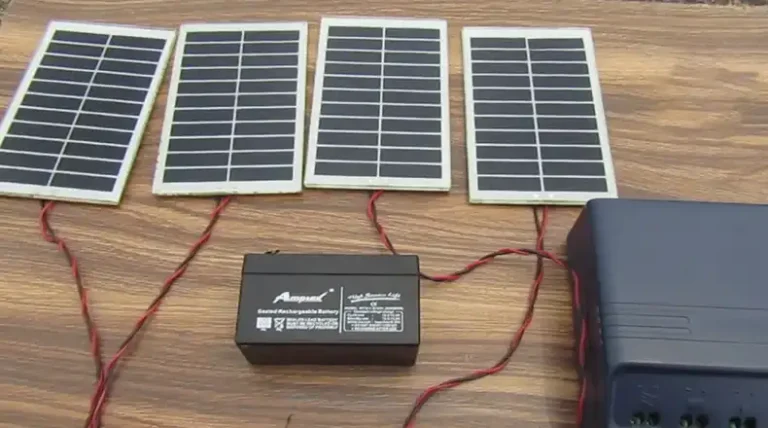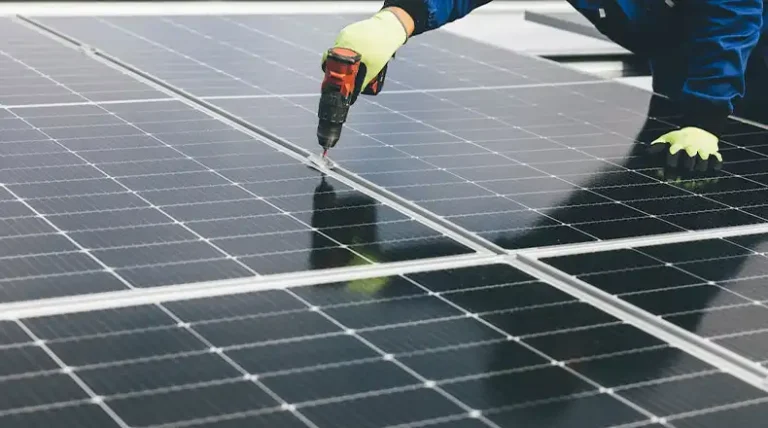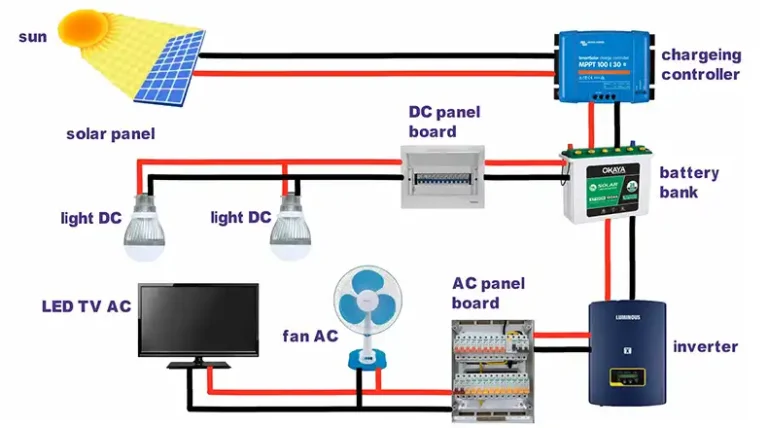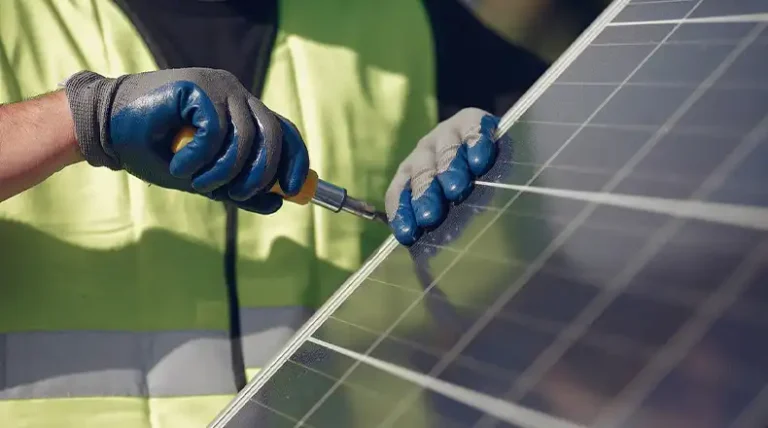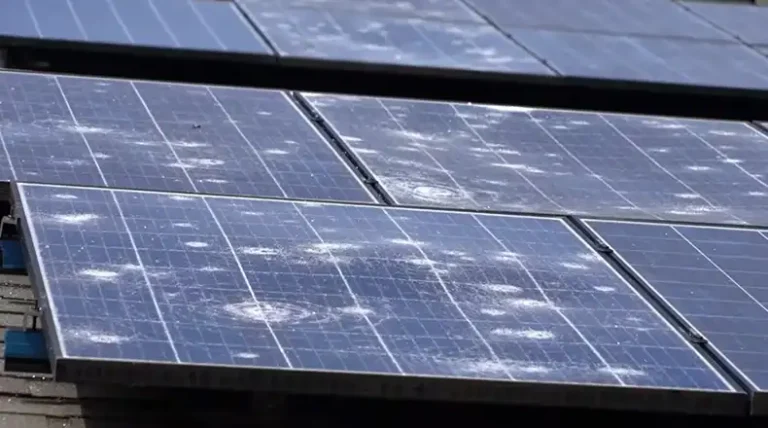How Many Solar Panels Do I Need for A 3.5kva Inverter?
Installing a solar PV system involves carefully balancing many technical factors to achieve optimal performance and return on investment. One key consideration is properly matching solar panel capacity to your inverter size. If you’re using a 3.5kVA inverter, how many solar panels are needed to extract its full potential?
Selecting the right number of solar panels for your 3.5kVA inverter depends on several variables – system voltage, panel wattage, layout, wire sizing, and more. While the inverter rating sets the baseline power requirement, additional panels are recommended to operate the inverter at peak efficiency.
Let’s get into the solar panel math and wiring configurations needed to unlock the full capabilities of a 3.5kVA solar inverter. With the right panel array design, you can maximize renewable energy production and get the most bang for your solar buck!
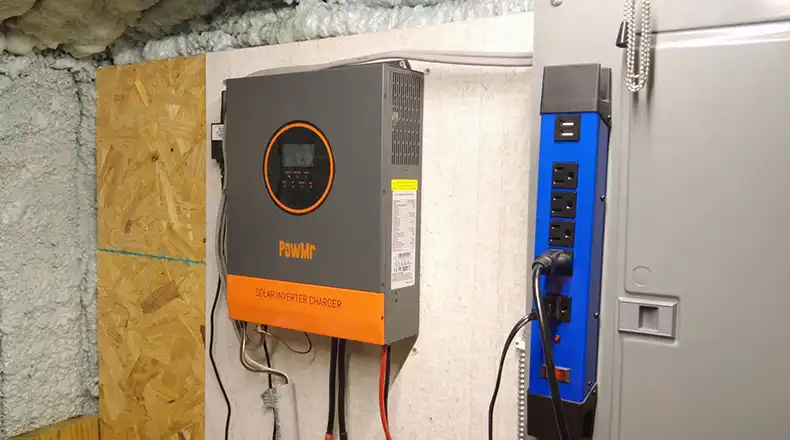
Calculating the Optimal Number of Solar Panels for a 3500 Watt Inverter
The first step is understanding the key factors that determine how many solar panels are ideal for your 3.5kVA inverter:
- Inverter power rating – The continuous 3500-watt output capacity sets the minimum solar array wattage needed.
- System voltage – Most residential solar systems use 12V or 24V architecture. The system voltage impacts solar panel wiring configurations.
- Panel wattage – Typical home solar panels range from 250W to 400W. Combining panels reaches the desired system capacity.
- 25% oversizing – According to a rule of thumb, the allowable oversizing limit is 15 to 25%. However, you can go up to 55%, but it’s recommended to not go beyond the limit. To be on the safe side, let’s take 25% oversizing.
- Wiring considerations – Electrical wire sizing, layout, and overcurrent protection must be planned appropriately.
Let’s look at how these factors translate into real-world solar panel numbers for a 3.5kVA inverter.
Solar Panel Configuration Examples for 3.5kVA Inverter
Here are two examples of solar panel counts and wiring layouts for a 3.5kVA inverter system:
24V System with 330W Panels
To calculate the number of solar panels required for a 24V system with a 3500W inverter and 25% oversizing, follow these steps:
Step 1 – Calculate the oversizing factor:
Multiply the inverter power by 1.25 (25% oversizing).
3500W * 1.25 = 4375W
Step 2 – Determine the number of panels:
Divide the oversized power by the panel wattage.
4375W / 330W/panel = 13.25 panels
Since you can’t have parts of solar panels, round up to the nearest whole number:
14 panels
Step 3 – Configure the panels in series and parallel:
Connect 7 panels in series to achieve the desired 24V system voltage.
Step 4 – Create two strings of panels:
Connect two sets of 6 panels in parallel to increase the current output and fully utilize the inverter’s capacity.
2 strings of 7 panels * 330W/panel = 4620W
Therefore, you will need 14 x 330W panels total, providing 4620W of solar power to leverage the full 3.5kVA inverter capability. This configuration ensures that your system generates enough power to meet your energy needs while also allowing for future expansion.
12V System with 295W Panels
- Inverter power: 3500W
- System voltage: 12V
- 25% oversizing: 3500W x 1.25 = 4375W
- 295W panels needed: 4375W / 295W = 14.83 panels
- Round up to 15 panels
- Wire 3 parallel strings of 5 panels in series for 12V
Here 15 x 295W solar panels wired in a series-parallel layout satisfy the 3.5kVA inverter’s input requirements on a 12V system.
Key Considerations for Panel-Inverter Compatibility
To ensure smooth operation, keep these guidelines in mind when selecting solar panels for a 3.5kVA inverter:
- Consult the inverter manual for the recommended MPPT voltage range and input current.
- Oversizing the solar array improves efficiency but excessive DC power can damage inverters.
- Using higher-wattage panels reduces total panel count but may overvoltage the system.
- Match solar array voltage and wiring to your inverter’s system architecture (12V or 24V).
- For grid-tied systems, abide by electrical utility limits on system size.
Properly pairing your solar panels to a 3.5kVA inverter involves mapping the electrical parameters. But with strategic design and wiring, your solar system can meet its full potential.
Conclusion
If you’re installing solar using a 3.5kVA inverter, plan for 13-15 panels sized around 300W each. Oversizing the solar array by 25% above the inverter rating provides headroom to operate at peak efficiency. Connect the panels using series, parallel or series-parallel wiring to achieve the necessary system voltage and current rating. With smart solar panel selection and configuration, you can squeeze every ounce of power out of your 3.5kVA inverter. Your panels will be primed to harness the full capabilities of this workhorse inverter.
Frequently Asked Questions
How many solar panels are needed for a 5kVA inverter?
For a 5000W 5kVA inverter, an ideal solar array would be around 18-20 x 300W panels wired in series-parallel to provide 6000W+ at the proper system voltage.
Can I use higher wattage panels for a 3.5kVA inverter?
Yes, using higher output panels like 330W or 350W modules will reduce the total quantity needed. But make sure not to significantly exceed the inverter’s input voltage rating.
What happens if I undersize the solar array?
Using too few panels results in the inverter not operating at full capacity. This wastes potential energy production. Target 25% more panels than the inverter rating.
How does panel orientation impact inverter sizing?
Suboptimal panel placement reducing sunlight exposure may require a larger solar array to compensate. Inverter sizing assumes proper panel tilt/orientation.
Do I need MPPT charge controllers for grid-tied systems?
MPPT controllers are not necessary for grid-tied systems. The inverter handles Maximum Power Point Tracking when converting DC solar power to AC for the utility grid.

